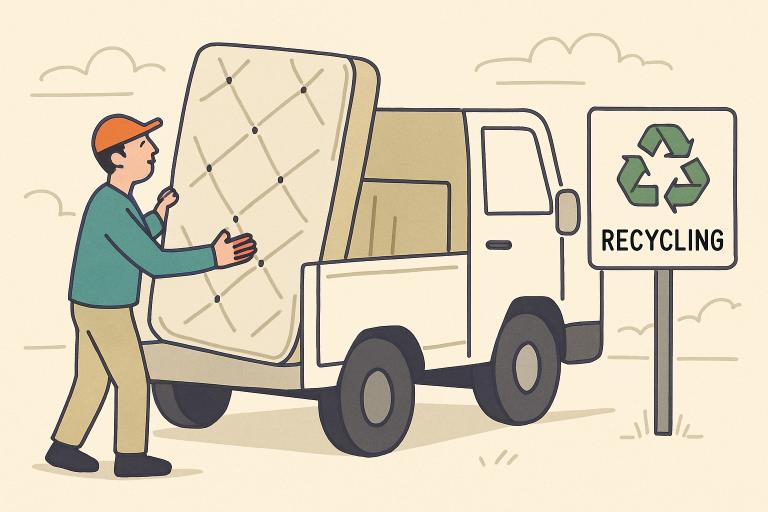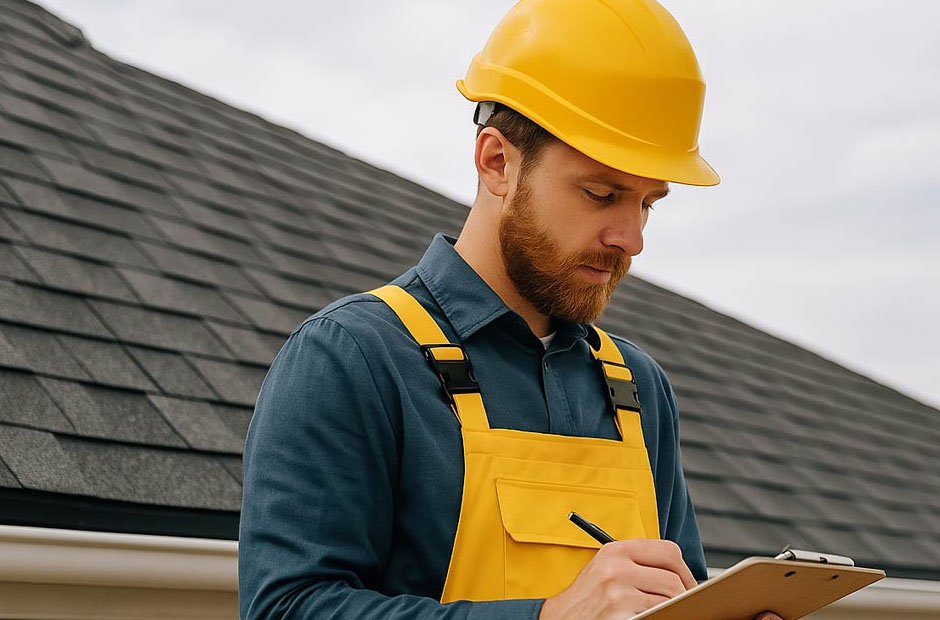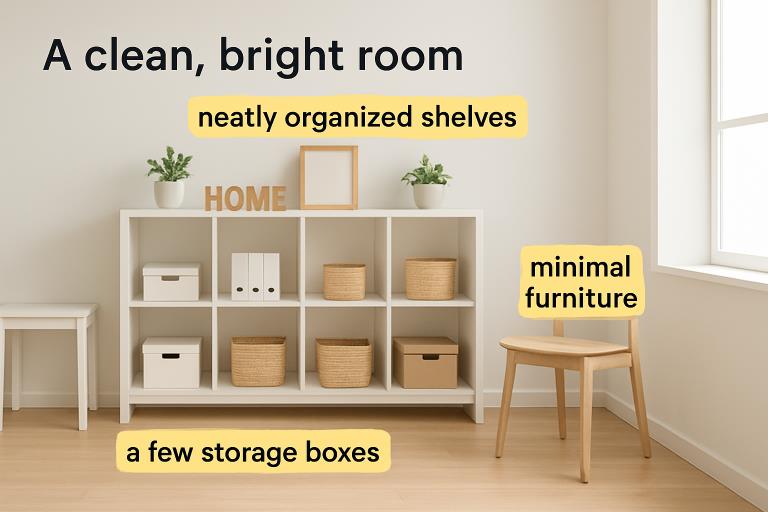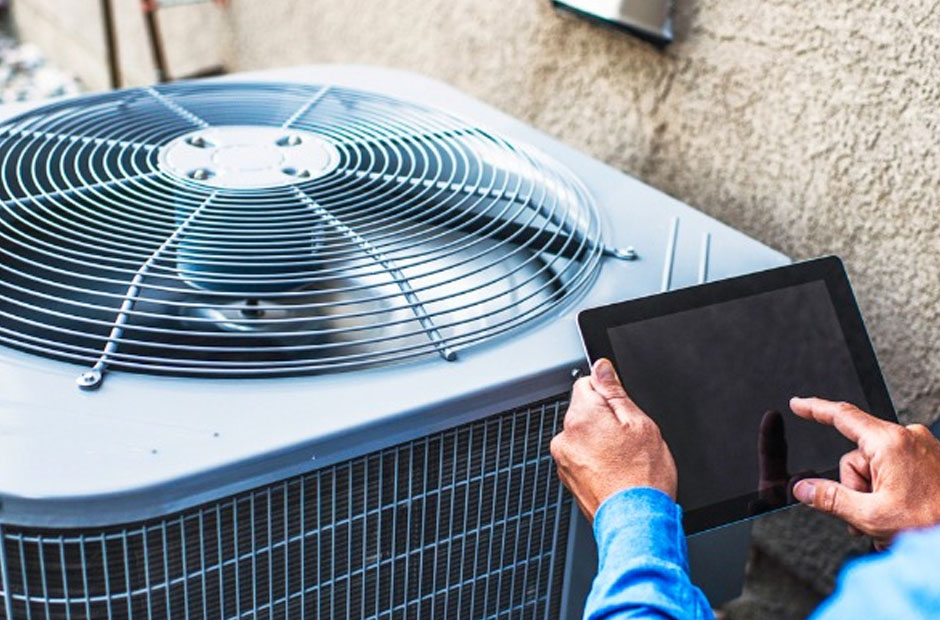Now Reading: The Complete Guide to Garage Door Maintenance and Repairs
-
01
The Complete Guide to Garage Door Maintenance and Repairs
The Complete Guide to Garage Door Maintenance and Repairs
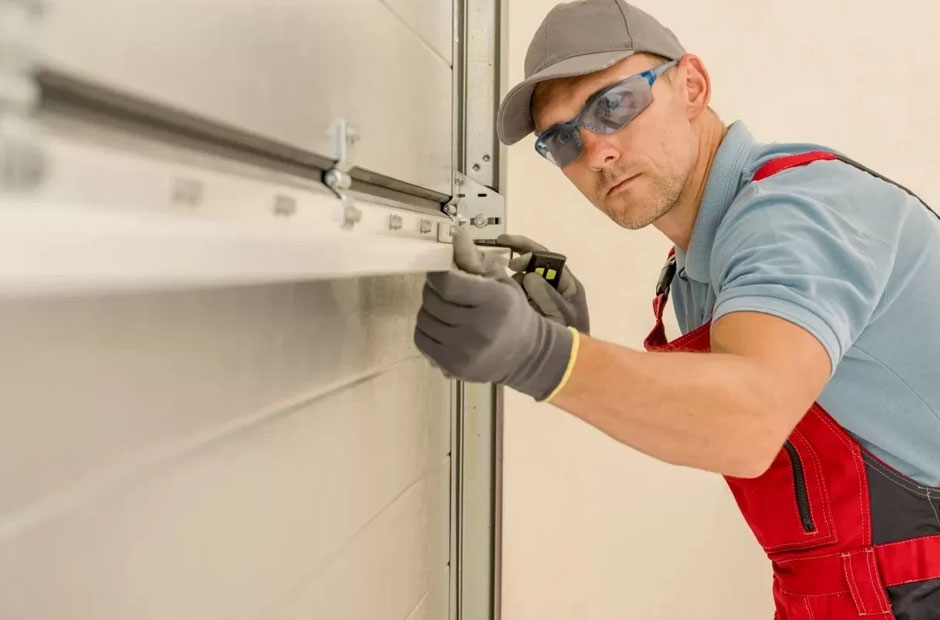
The garage door is often the largest and heaviest moving object in a home, yet its maintenance is frequently overlooked. A well-maintained garage door operates smoothly, quietly, and safely. Regular upkeep not only extends its lifespan but also prevents sudden, costly failures and potential safety hazards. By performing a few simple checks and routine tasks, you can keep your garage door in optimal condition.
This guide covers the essential steps for inspecting, maintaining, and addressing common issues with your garage door. Following these procedures can save you from inconvenient breakdowns and ensure your door functions reliably for years to come.
Conduct a Thorough Visual Inspection
The first step in any maintenance routine is a careful visual inspection. At least once a month, take a few minutes to look over the entire system while the door is closed.
Check Hardware and Components
Examine the rollers, cables, pulleys, and mounting hardware, such as hinges and brackets. Look for any signs of wear, fraying, or damage. Pay close attention to the high-tension lifting cables that connect to the bottom brackets on each side. If you notice any broken strands or signs of deterioration, do not attempt to fix them yourself, as they are under extreme tension. Tighten any loose nuts and bolts you find on the brackets and hinges to ensure the structure is secure.
Test the Door’s Balance and Safety Features
A properly balanced garage door is crucial for both safety and the longevity of the automatic opener. An unbalanced door forces the opener to work harder, leading to premature wear and tear on its motor.
Perform a Balance Test
To test the balance, first, disconnect the automatic opener by pulling the emergency release cord. Next, manually lift the door to about halfway open. It should stay in place without assistance. If it rises on its own or falls heavily to the ground, the springs are out of balance. Adjusting garage door springs is a dangerous task that should only be performed by a qualified professional. The springs hold an immense amount of energy, and improper handling can cause serious injury. If you suspect an issue, it is best to seek help. For example, a specialized service for garage door spring repair in St. George or your local area can safely correct the problem.
Test the Auto-Reverse Safety Feature
All modern garage door openers have a safety reverse mechanism. To test it, place a solid object, like a block of wood, on the ground in the door’s path. When you close the door, it should immediately reverse direction upon contact with the object. Additionally, test the photoelectric sensors by waving an object in front of one of the beams as the door is closing. The door should instantly reverse. If either of these safety features fails, consult the opener’s manual or a professional for adjustments.
Lubricate All Moving Parts
Proper lubrication is essential for quiet operation and reducing friction on moving components. This simple task should be done every few months.
What and How to Lubricate
Apply a high-quality spray lubricant specifically designed for garage doors to the hinges, rollers, and springs. Be sure to wipe away any excess lubricant to prevent drips and dust accumulation. For the rollers, apply the lubricant to the bearings inside them. Avoid applying grease to the tracks, as this can attract dirt and debris, causing the rollers to jam. Instead, simply wipe the tracks clean with a cloth.
Addressing Common Repairs
While many tasks are safe for a homeowner, some repairs demand professional expertise. Knowing the difference is key to your safety.
Clearing Tracks and Replacing Weather Stripping
Over time, the metal tracks can become dirty or misaligned. Use a cloth to wipe out any debris. If you notice the tracks are bent or out of alignment, you can gently tap them back into place with a rubber mallet, but significant damage may require a professional. Replacing the vinyl or rubber weather stripping at the bottom of the door is another simple fix. This seal keeps out pests, water, and drafts and can be purchased at most hardware stores.
By incorporating these maintenance steps into your regular home care routine, you can ensure your garage door operates safely and efficiently. A few minutes of prevention can prevent major headaches and expenses down the road.


